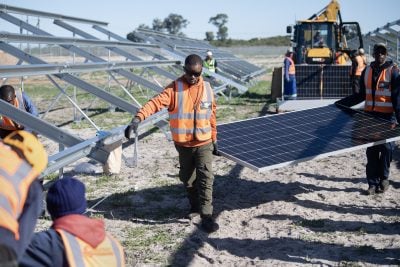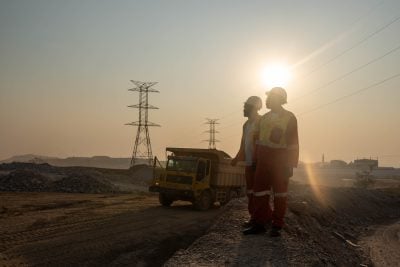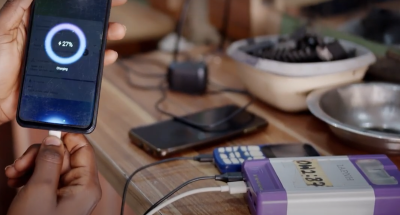The United Nations Security Council is intervening to resolve a diplomatic standoff between Sudan, Egypt and Ethiopia over Ethiopia’s Grand Ethiopian Renaissance Dam (GERD), which the other countries fear will impact their water supply.
African Union-sponsored talks to broker an agreement between the three countries broke down in January, in a dispute that dates back to 2011.
Arab states requested the 15-member council’s involvement in peace talks last month in anticipation of the Blue Nile’s rainy season, which runs from June to September, which triggers the filling of the dam.
As part of the Arab-sponsored diplomatic push, Tunisia is proposing that the UN Security Council calls for a binding agreement between the three countries within six months, according to a draft resolution seen by Reuters on Wednesday.
Tensions in the row escalated on July 6 as the dam automatically started filling for a second year running without an agreement with Egypt and Sudan.
Ethiopia opposes UN involvement
Following a UN Security Council meeting on the issue on Thursday, ambassadors released a statement expressing readiness to back efforts to negotiate a solution to the “decade-long disagreement” after recent negotiations under the AU “yielded little progress.”
“An agreement on the dam can be reached, and must be reached, while underlining the UN’s readiness to support the countries, and the African Union, in reaching an agreement that is beneficial to all sides,” they said.
Ethiopia sees the GERD as a crucial national infrastructure project to boost its power supply but Egypt fears that the dam will siphon off Nile waters, endangering its water security.
Ethiopia’s Ministry of Foreign Affairs wrote to the UNSC on Tuesday, protesting what they said was the “unwelcome meddling of the Arab League” in the dispute.
Separately, Ethiopia’s envoy to the UN tweeted on Thursday that “the Nile belongs to all the half billion people in the 11 riparian countries.”
“The water is enough for all of us. Ethiopia generates 77 billion meter cube of water per year. It is only fair that we impound a small fraction of the annual inflow for its hydroelectric Dam.” he said.
“The filling process is pure physics. Once the dam concrete reaches a certain height, the water either flows through the bottom outlets or overflows the concrete. This year the dam will store water until it reaches the 13.5 billion cubic meters indicated in the filling schedule.”
Ethiopia last filled the dam in July 2020, prompting the African Union to take over the leadership of the negotiations. Earlier US-brokered attempts to end the dispute failed, leading the US to consider cutting aid to Ethiopia.
The $4.6bn structure is the largest hydropower dam in Africa, and is set to transform Ethiopia’s economy by doubling its electricity output to 16,000 GW.
Currently, only 44% of Ethiopia’s households have access to electricity, with a quarter of these relying on off-grid solutions. By contrast, Egypt has already achieved full electricity coverage.
The Nile contributes 90% of Egypt’s fresh water and underpins irrigation and power generation, leading the government to cast the GERD as a national security threat. If the project goes ahead as Addis Ababa plans, Egypt fears water shortages and additional hydropower projects upstream.
Want to continue reading? Subscribe today.
You've read all your free articles for this month! Subscribe now to enjoy full access to our content.
Digital Monthly
£8.00 / month
Receive full unlimited access to our articles, opinions, podcasts and more.
Digital Yearly
£70.00 / year
Our best value offer - save £26 and gain access to all of our digital content for an entire year!
 Sign in with Google
Sign in with Google 



